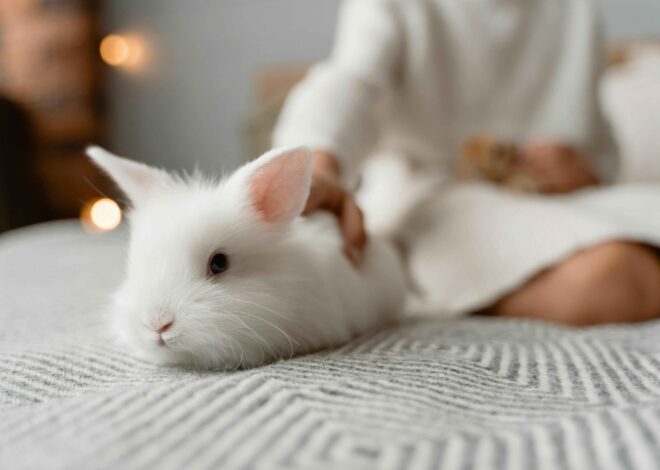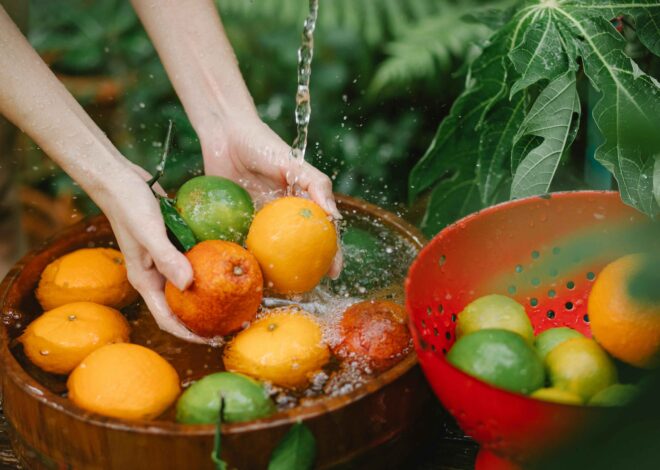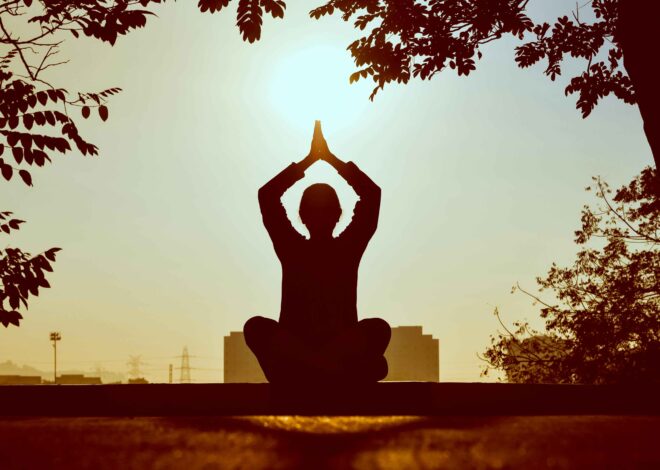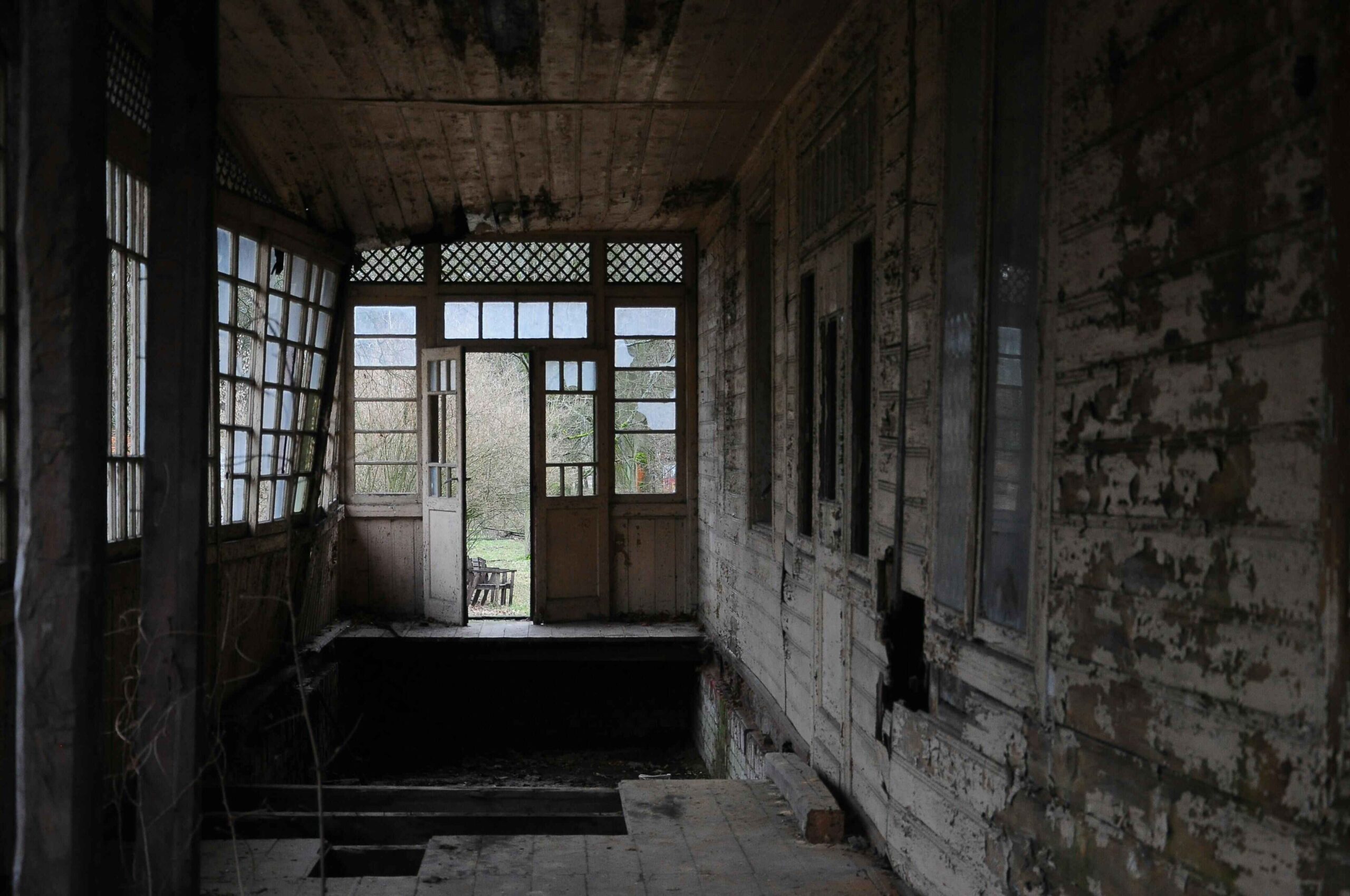
Guide to Rehabilitating Mold Issues of an Old House.
Guide to Rehabilitating Mold Issues of an Old House. Restoring an old house means Brightening it up another way is to give an old property a new birth look, however a problem arises in form of mold. Mold is found in areas with high humidity, low light, and if not remodeled, spreads rapidly. It is hoped that this guide will give you the information and procedures you need in order to adequately deal with the mold issues that may arise in your rehabilitation project.
Understanding Mold:
And before we give an introduction to the remediation process, it will be pertinent to know what mold issue is and some of the dangers associated with it.
Types of Mold:
There are several types of mold, but the most common include:
Aspergillus: Common inside homes and it poses serious respiratory problems.
Cladosporium: Usually is an external parasite but may develop internally in cases where the environment is humid.
Stachybotrys (Black Mold): It is quite famous for its toxicity and overtime it feeds on any material with high cellulose content.
Health Effects from Water Mold issue and Flooding:
Exposure to mold issues can lead to various health issues, including:
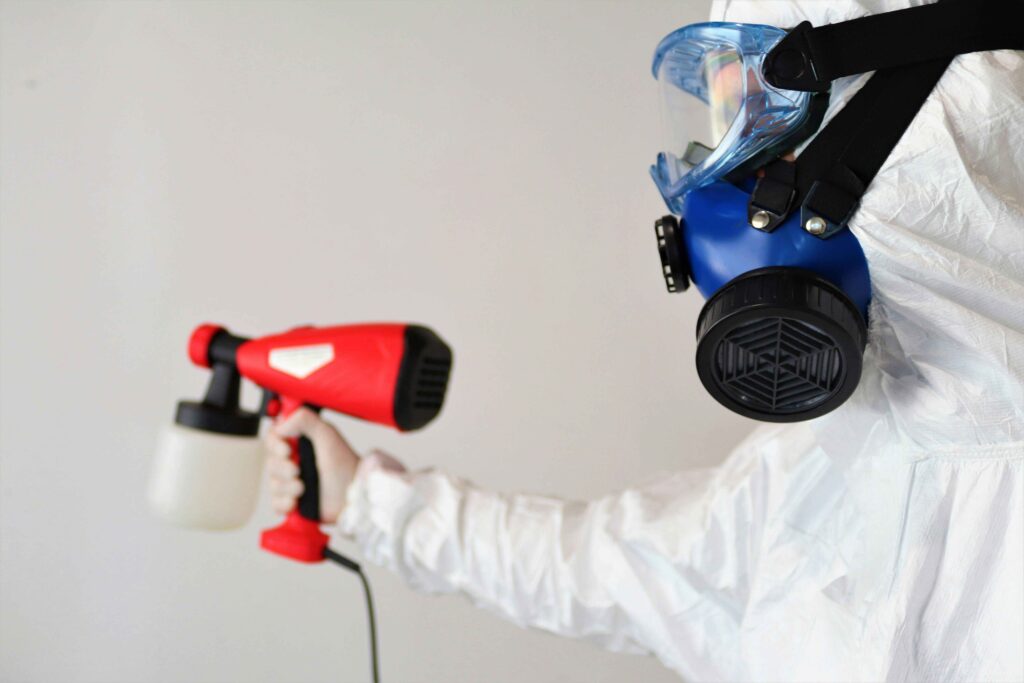
Sneezing and running a nose, red skin or any other ailment which might associated with the allergy.
Some respiratory diseases namely asthma and coughing, which could be chronic.
Fatigue and headaches
In its worse cases, symptoms associated with the nervous system are experienced.
Identifying Mold Issues:
Therefore, in order for you to try and deal with mold issues you first have to establish that is present in your home.
Signs of Mold issues Growth:
Look for the following signs that may indicate mold issues growth:
- Surface mold lesions in black, green, or white colors
- Musty odors
- A current or past leakage on walls or ceiling
- Peeling or bubbling paint
Areas where Mold is Often Found:
Mold can grow in various areas of an old house, including:
- Basements and crawl spaces
- Bathrooms
- Kitchens
- Around windows and doors
- Under sinks
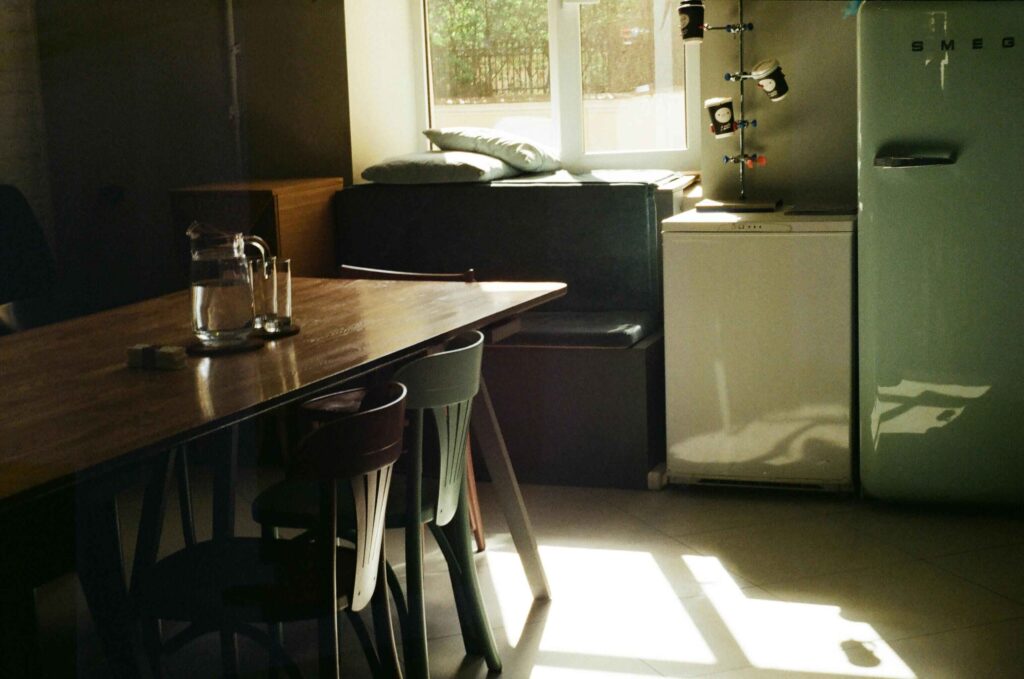
A step by step guide to prepare for mold removal:
It is now time to get ready for mold issues removal once you have discovered mold sources in your home.
Safety Precautions:
Before starting the remediation process, ensure you take the following safety precautions:
- Wear protective clothing; gloves, goggles, N95 respirator mask.
- There should be enough fresh air circulation in the workplace.
- Isolate the area to avoid mold spores contamination.
Tools and Materials Needed:
Gather the following tools and materials for effective mold issues remediation:
- Plastic sheeting
- Duct tape
- HEPA vacuum
- Commercial mold removal solution or homemade mold removal solution
- Scrub brushes and sponges
- Trash bags for disposal
Mold Remediation Process:
Essentially the remediation process entails the following steps in order to successfully eliminate mold.
Containment:
To prevent mold spores from spreading, follow these steps:
- The area should be sealed with a plastic sheet for instance in cases of a flooding disaster.
- They must be fastened using a piece of duct tape fixed at the edges of the gunwale.
- Do not use air conditioning systems and fans to prevent the spread of the spores through the building.
Removal:
Once the area is contained, you can begin the removal process:
- Take out and get rid of every items that are affected (drywalls, insulation, carpets etc.)
- In case the surface is non-porous, clean the area with a mold removal cleaner.
- Sweep up whatever remains of the spores and clean the area with a HEPA vacuum as well.
Cleaning and Disinfecting:
After removing the mold, it’s crucial to clean and disinfect the area:
- In surface washing use a solution of water mixed with a detergent.
- The mold spores remaining should then be treated with a disinfectant.
- Dry the area well in order to avoid future growth of the mold and mildew.
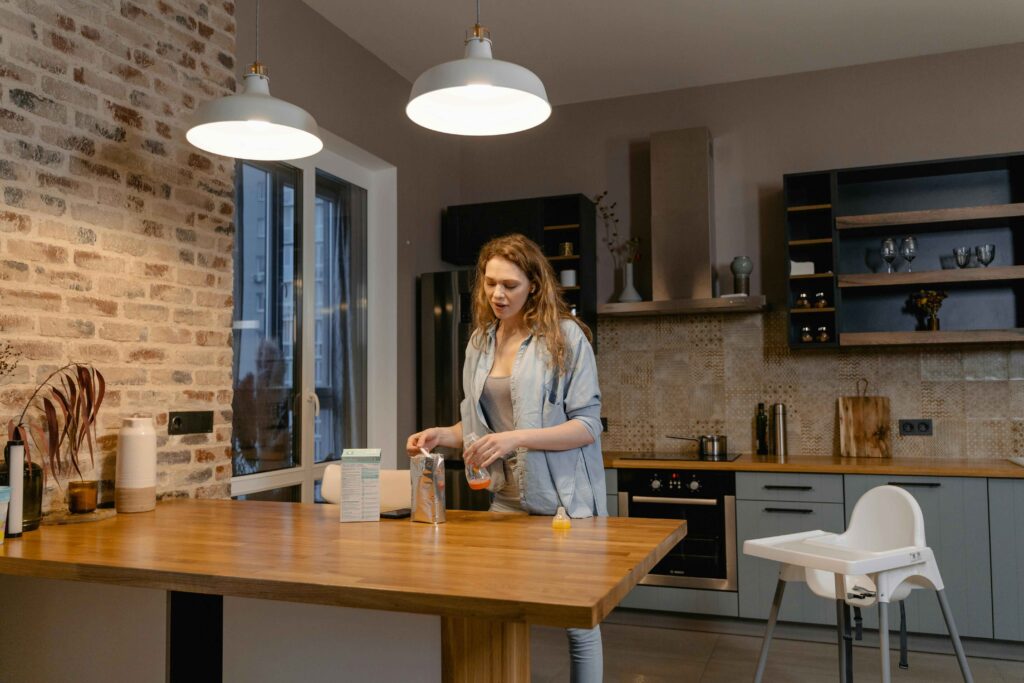
Repairing Damage:
Once the mold has been removed and the area is clean, you can begin repairs:
- Any cracks or holes in the dry wall or the insulation, replace these materials.
- Cover surfaces with mold resistant paint.
- Improve an insulation and sealing of the windows and doors, specifically with respect to moisture penetration.
Preventing Future Mold Growth:
After successfully remediating mold issues, it’s essential to take steps to prevent future growth:
Control Humidity Levels: Dispose excess humidity in areas that are humid and open all windows available in the house for good ventilation.
Fix Leaks Promptly: This is particularly important especially if there are leaks on the plumbing or roof, as this leads to moisture build up.
Regular Inspections: Occasionally, it is important one scans a building for signs of mold in places like basement and bathroom. You can contact us here.
Use Mold-Resistant Products: During remodeling elements such as drywalls, paints, and insulations that are resistant to mold should be installed.
Conclusion:
In the United States, old houses they have some problems such as mold and to rehabilitate them with some provisions we must follow some steps. Mold is unwanted in homes but by getting to know it well, realize when it is around and the orderly way it can be eradicated, you are able to get your home back to a healthy status for habitation.
Do not forget to prevent new growth by following the recommendations mentioned above so that your rehabilitation project should be effective in the long run. Second, it is possible to overcome the problem if you are persistent and do everything in the right manner to free your old house of mold.
